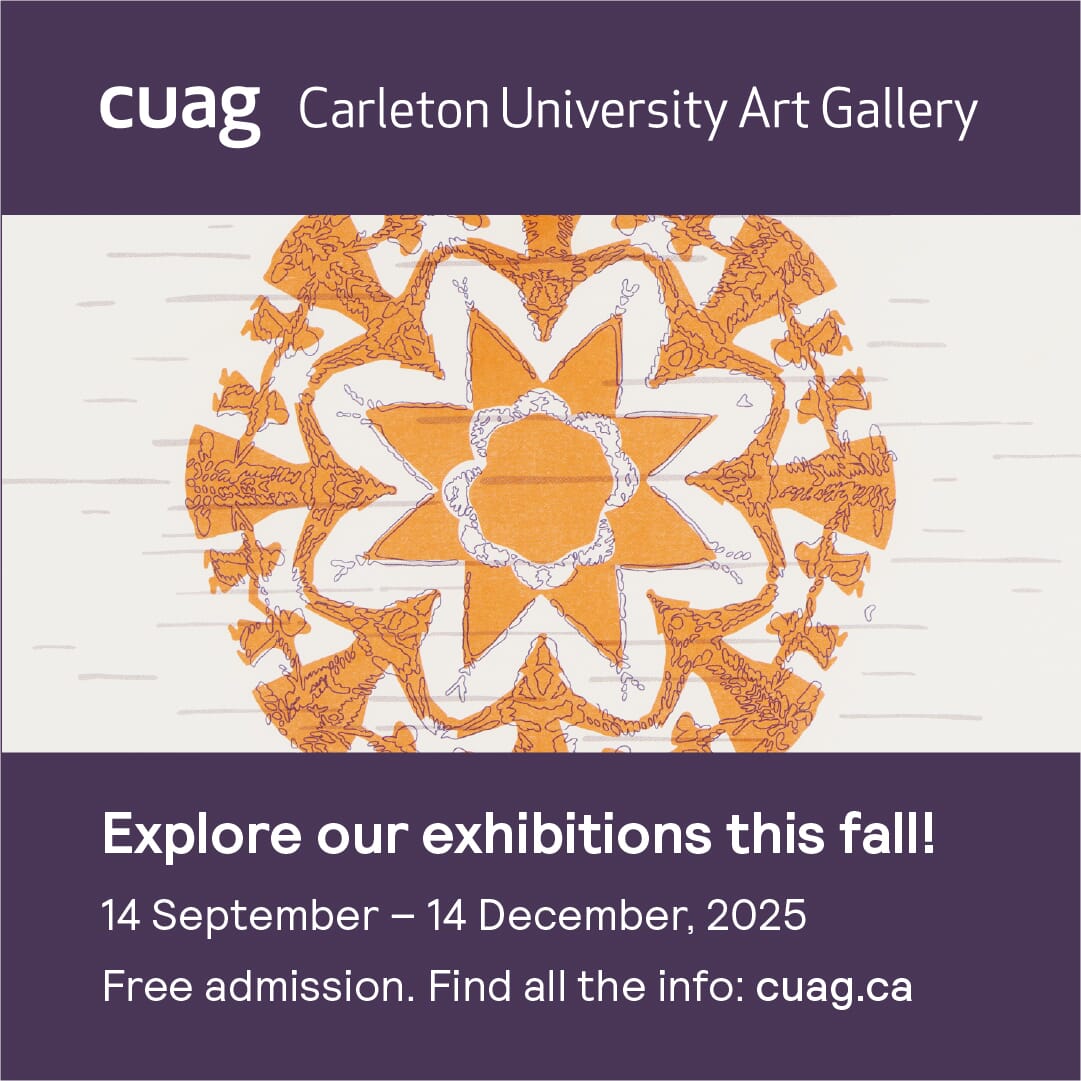Nicole Crozier’s paintings and portraits are fascinating meditations on identity and gender production. Leaping off Judith Butler’s Gender Trouble, Crozier’s work could be summed up by the words, “Identity Trouble.” Through the visual medium of oil painting and photography, Crozier troubles the notion that we have a stable, unique, inner identity. As Butler opens up and expands gender, so Crozier opens up possibilities for a person to form and choose her or his own identity. But that is as far as their similarities go.
For Crozier, identity and gender are not performative in the way Derrida or Bulter used the term—that what you do creates who you are; Crozier believes there is an inner “self” and she tries to explore this inner being within the historical conventions of self-portraiture.
We automatically focus our gaze on the face, looking for meaning and clues about the person we are seeing. The face is a site where we, as viewers, seek something. As Virginia Woolf points out, “Every face, every shop, bedroom window, public-house, and dark square is a picture feverishly turned—in search of what? It is the same with books. What do we seek through millions of pages?” Oscar Wilde remarks that “a mask tells us more than a face.”
The face, the façade, with its “window to our soul” through the eyes, is the physical manifestation of our identity. It is also the part of the body we use for seeing, smelling and hearing. We eat, talk and kiss with the mouth. All of these parts of the face, including the skin and hair, have suggestive power beyond their biological functions. The mouth, which is that boundary between the dry and the wet, can be a place of expression as much as a site of violation, penetration—whether medical, sexual or otherwise. The face, in short, is the center of attention, whether positive or negative, for aesthetic contemplation or otherwise practical, biological processes of living. The face is also a mirror of the image we project to the external word, whether with a smile, open eyes, or a frown.
Portraiture has been used as a political tool to fight oppression. Queer surrealist photographer Claude Cahun, for example, challenged fascist radicalism through the power of photographic self-representation as a means to affirm and craft identity. Russian photographer Anastasia Korosteleva quite literally burns the faces of her subjects in her 2013 photograph series Girls. The burned-out faces show the symbolic scars caused by Russia’s homophobic government.
Crozier’s work is “painfully self-consicous,” interested in disrupting and making strange the normalizing effect of femininity. As Crozier explains, “in being the object of the photograph, taking the photograph, and then looking at the final image, I am purposefully colluding with this association. I am presenting myself to be seen by the camera, yet my face is void of information. In its place, a mask of extra skin has begun to take on a life of its own in a self-inflicted act of erasure.”
In the oil paintings, “Chorus Effect” and “House Arrest,” all the women have Nicole’s face; she has used this power of repetition to create the illusion of a crowd. In both paintings, she has taken advertisements and added her face to the mannequins. She has superimposed her identity on the highly constructed advertisement in order to echo the construction of identity in general. In the photograph series, Heads, it’s as if the opposite process is occurring. She erases her face completely from the portrait, leaving instead only the physical residue of objects like pearl necklaces, deserts, or her own hair.
“These decorative surfaces thus begin to paint the image of an identity in a state of excess: erased and therefore nullified, as well as beautified to the point of bursting. They exist in the strange grey area between beauty and threat, self and no self, flesh and psyche.”
Her work has been shown at The Fritzi Gallery, Studio 66, St. Brigid’s Centre for the Arts, and Gallery 115 as well as been featured in Ottawa/Gatineau Nuit Blanche 2013. She will be leaving Ottawa in mid-March to jumpstart her career in Toronto. Let’s hope she doesn’t forget the capital city that formed her as an artist and gave her the inspiration to create such compelling work.


















